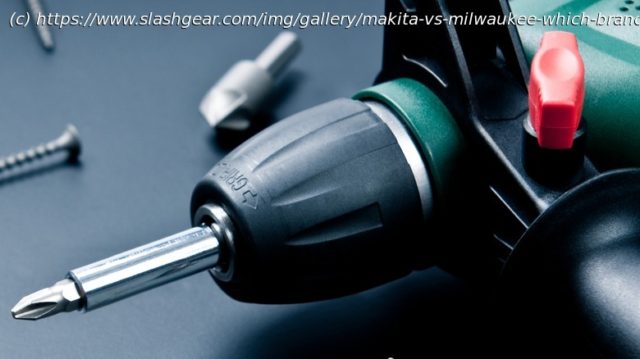Makita and Milwaukee both offer comprehensive warranties for tools, but there are important exclusions and differences between both manufacturers.
Both Makita and Milwaukee are known for the quality, durability, and longevity of power tools. However, each brand’s tools are not infallible. Since both manufacturers offer a variety of product lineups, each has multiple warranties in place to facilitate buyers properly.
Milwaukee started in the U.S. in 1924, introducing tools like drilling machines to the U.S. markets. Whereas, its top competitor Makita was started in Japan in 1915, specializing in the sale and repair of lighting equipment, motors, and transformers.
Although not direct competitors initially, these brands eventually introduced competing products and established healthy competition with devoted fanbases.
If you plan to purchase tools from either of these brands, then considering the brands’ warranty policies is a great place to start. Comparing warranties across factors like warranty length, coverage scope, ease of making a claim, and repair or replacement policy will determine how effectively each brand supports its customers post-purchase.
It’s important to note that the warranty policies discussed below for Makita and Milwaukee apply to the U.S. (varying from state to state). However, the same Milwaukee policy also applies to Canada.Which offers longer warranties?
The warranty length shows a manufacturer’s confidence in the life expected out of the products under normal usage. The same is true for Milwaukee and Makita.
Milwaukee offers a variety of warranty durations to cater to its diverse range of tools. Most of its power tools generally have a 5-year warranty, but sprayers, impact wrenches, compressors, and nailers are covered for 2 to 3 years. Accessories and jobsite equipment have a 1 to 3-year warranty coverage. Whereas LEDs, hand tools, threading handles, hole saws, and mechanic tools have lifetime warranties.
The lifetime warranty is only valid till the « useful lifetime of the product. » So, if the tool is designed to last 10 years, you can claim the warranty to replace it in the final stages of its life. Users have reported having their products under lifetime guarantees replaced easily.
In contrast, Makita’s approach is simple. It offers three sets of warranties:
3-Year Warranty for all li-ion tools, batteries, chargers, and pneumatic nailers.
And that’s it — no lifetime warranty here.
So, when it comes to warranty duration, Milwaukee is the winner. It generally offers longer warranties, and many of its tools are covered for their lifetime. Most buyers may never claim warranties, but longer coverage durations give a sense of reliability and safety. Which provides more coverage?
A product’s warranty coverage scope defines the extent of protection or post-purchase service a manufacturer is offering against its products. Milwaukee and Makita have coverage scopes that vary from state to state in the U.S., but each company’s policy is mostly the same.
Both power tool manufacturers warrant buyers that the product they’ve bought has no material or manufacturing defect. However, if you read the policies fully, you’ll find exclusion and limitation clauses. Through these, both companies disclaim liability for losses or damages you suffered because of genuinely faulty products.






